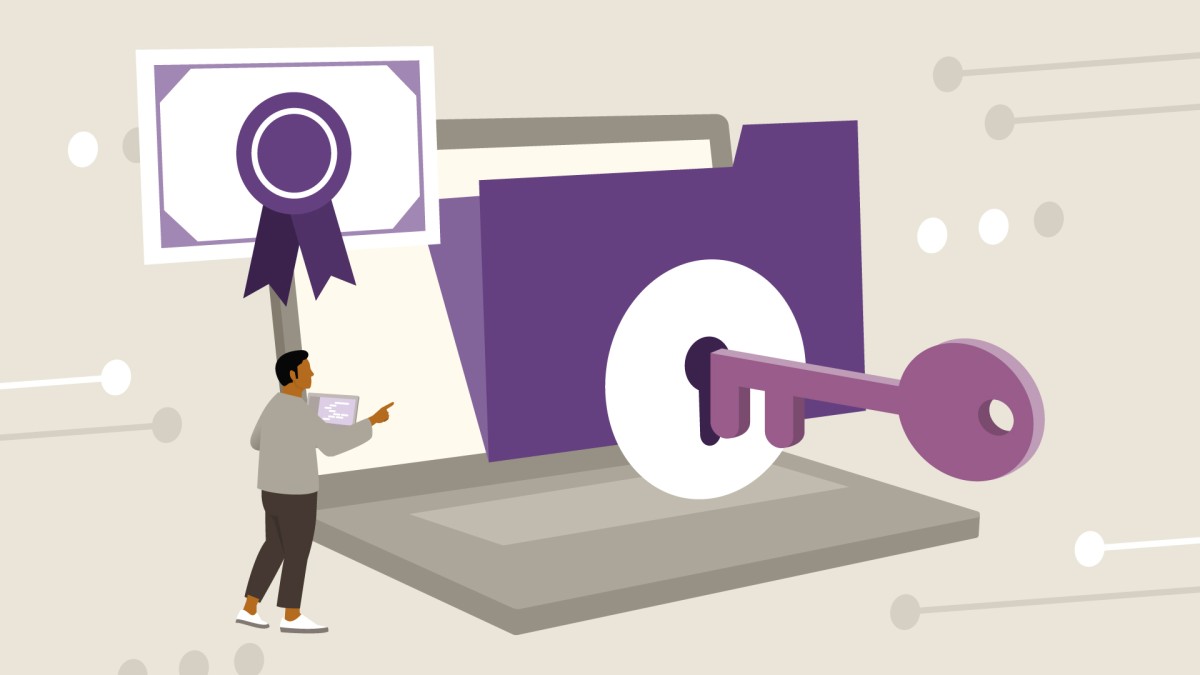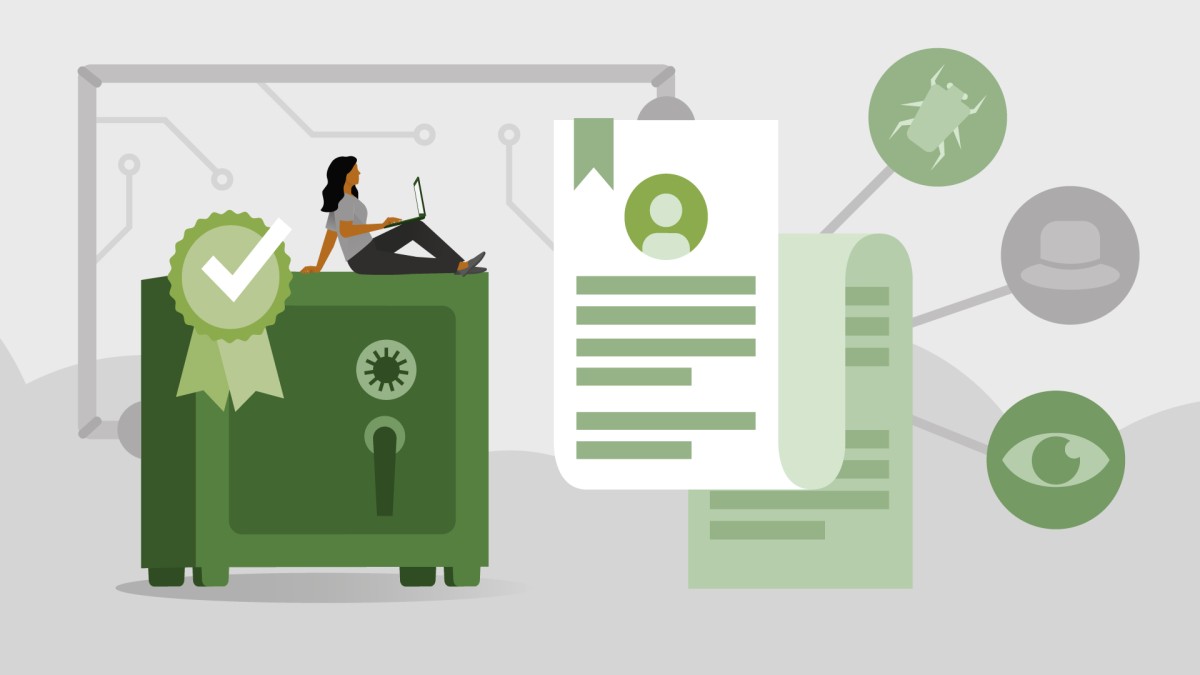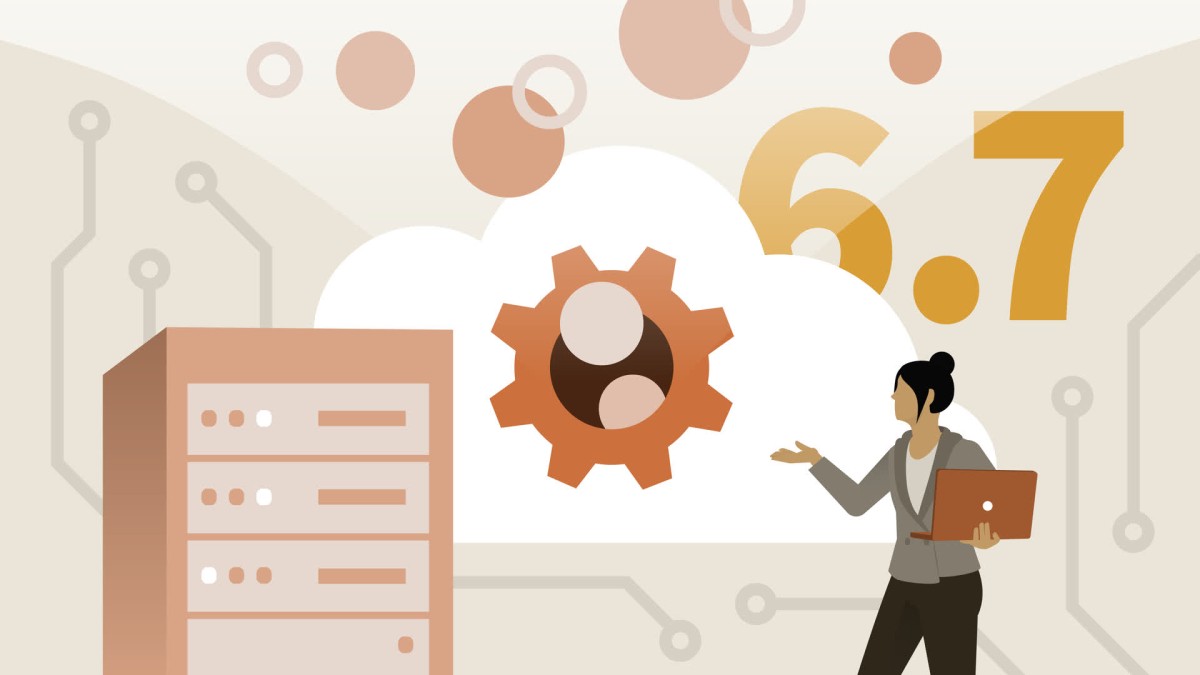Introduction
Certified Information Privacy Manager (CIPM)
()
Introducing the CIPM program
()
Is the CIPM right for you?
()
Study resources
()
1. Inside the CIPM Exam
The CIPM exam
()
In-person CIPM exam environment
()
At-home testing
()
CIPM question types
()
Exam tips
()
2. Physical Assessments
Passing the CIPM exam
()
Continuing education requirements
()
3. Domain 1: Privacy Program: Developing a Framework
Overview of the privacy program: Developing a framework
()
4. Building the Foundation
Privacy operational life cycle
()
Creating an organizational vision
()
Organizational structure
()
Data governance
()
Maintaining flexibility
()
5. Defining the Privacy Program
Privacy program development
()
Scope and charter
()
Aligning privacy and business objectives
()
Building a data inventory
()
Data classification
()
Interview key employees
()
Follow data flows
()
Data sharing and transfers
()
6. Establishing a Privacy Budget
Developing a privacy budget
()
Capital vs. operational expenses
()
Budget monitoring and reporting
()
7. Building a Privacy Team
Building a privacy team
()
Privacy roles and reporting structure
()
Establish a point of contact
()
8. Communicating Effectively
Building privacy awareness
()
Communicating about privacy
()
9. Privacy Regulators
Maintaining a global privacy function
()
The FTC Act
()
FTC privacy enforcement actions
()
FTC security enforcement actions
()
10. Territorial Regulations
International data transfers
()
California data privacy law
()
National data privacy laws
()
11. Sector Regulations
HIPAA
()
HITECH
()
Gramm-Leach-Bliley Act (GLBA)
()
12. Domain 2: Privacy Program: Establishing Program Governance
Overview of the privacy program: Establishing program governance
()
13. Privacy Program Activities
Privacy frameworks
()
Privacy policy framework
()
Policy and regulatory monitoring
()
Privacy impact assessments
()
Remediation oversight
()
Program assurance
()
Inquiry and complaint handling
()
Communicating the framework
()
14. Identifying Data and Roles
Collection point identification
()
Privacy roles and responsibilities
()
15. Privacy Metrics
Privacy metrics
()
Compliance metrics
()
Privacy program maturity
()
16. Domain 3: Privacy Program Operational Life Cycle: Assessing Data
Overview of the privacy program operational life cycle: Assessing data
()
17. Documenting the Current Baseline
Evaluating privacy practices
()
Data life cycle
()
Evaluating policy compliance
()
Evaluating privacy program components
()
18. Processors and Third-Party Vendor Assessment
Managing vendor relationships
()
Leveraging relationships
()
Vendor agreements
()
Vendor information management
()
19. Physical Assessments
Facility risks
()
Design for physical security
()
Visitor management
()
Physical security personnel
()
20. Host Security
Operating system security
()
Malware prevention
()
Mobile device security
()
Mobile device tracking
()
Embedded systems
()
21. Forensic Techniques
Conducting investigations
()
Evidence types
()
Introduction to forensics
()
Chain of custody
()
eDiscovery
()
22. Mergers, Acquisitions, and Divestitures
Understanding mergers, acquisitions, and divestitures
()
Mergers and acquisition (M&A) privacy risks
()
23. Domain 4: Privacy Program Operational Life Cycle: Protecting Personal Data
Overview of the privacy program operational life cycle: Protecting personal data
()
24. Information Security Principles
Security and privacy
()
The goals of information security
()
Need to know and least privilege
()
Separation of duties
()
25. Risk Management
Understanding risks
()
Risk assessment
()
Risk treatment
()
Selecting security controls
()
26. Identity and Access Management
Authentication and authorization
()
Password security
()
Multifactor authentication
()
Account and privilege management
()
Account monitoring
()
Provisioning and deprovisioning
()
Authorization
()
27. Security Governance
Regulations and laws
()
Security policy framework
()
Best practice security policies
()
28. Threat Identification and Prevention
Port scanners
()
Vulnerability scanners
()
29. Data Security
Understanding encryption
()
Logging and monitoring
()
Data anonymization
()
Data obfuscation
()
30. Security Awareness and Training
Social engineering
()
Impersonation attacks
()
Security awareness training
()
31. Privacy by Design
Privacy by design
()
Development methodologies
()
Maturity models
()
Change management
()
32. Domain 5: Privacy Program Operational Life Cycle: The Sustain Stage
Overview of the privacy program operational life cycle: Sustaining program performance
()
33. Monitoring the Privacy Environment
Privacy program monitoring
()
Environment monitoring
()
Regulatory landscape monitoring
()
Compliance monitoring
()
Monitoring technical controls
()
Privacy metrics
()
Ethical use of artificial intelligence (AI)
()
34. Auditing
Privacy audits
()
Aligning privacy operations with audit
()
Audit focus
()
Targeted training
()
35. Privacy Assessments and Documentation
Privacy threshold analysis (PTA)
()
Privacy assessments
()
36. Domain 6: Privacy Program Operational Life Cycle: The Respond Stage
Overview of the privacy program operational life cycle: Responding to requests and incidents
()
37. Data Subject Rights
Legal compliance
()
Access and the right to be informed
()
Data integrity and redress
()
Right of erasure
()
Control over use
()
Handling information requests
()
38. Incident-Response Planning
Build an incident-response program
()
Building an incident oversight team
()
Incident communications plan
()
39. Incident Identification
What is a privacy incident?
()
Incident identification
()
Coordinating detection capabilities
()
Escalation and notification
()
Reporting privacy incidents
()
40. Incident Handling
Incident-handling process
()
Containment
()
Remediation
()
Post-incident activities
()
41. Business Continuity
Business-continuity planning
()
Disaster recovery
()
42. What's Next?
Preparing for the exam
()


